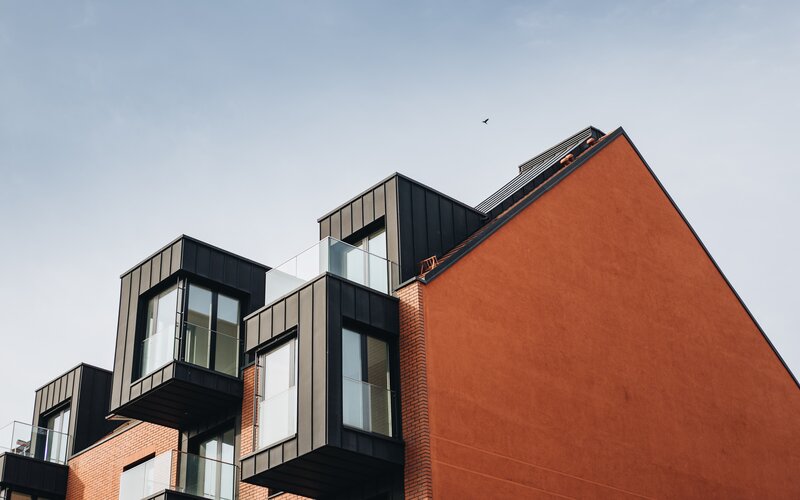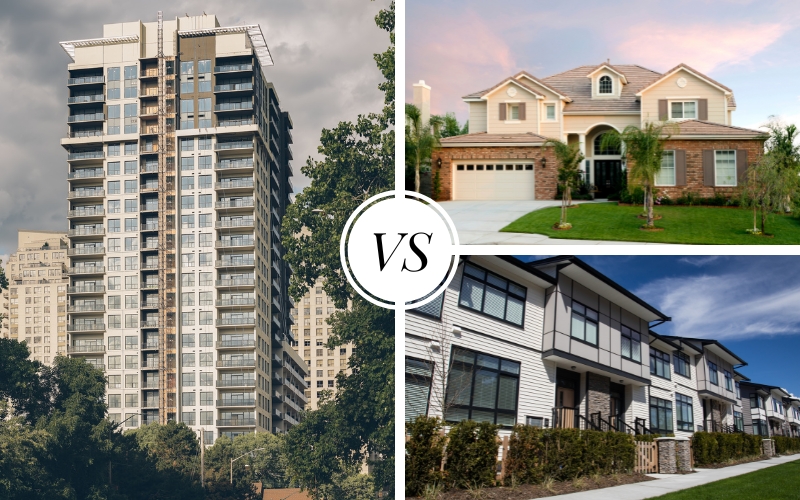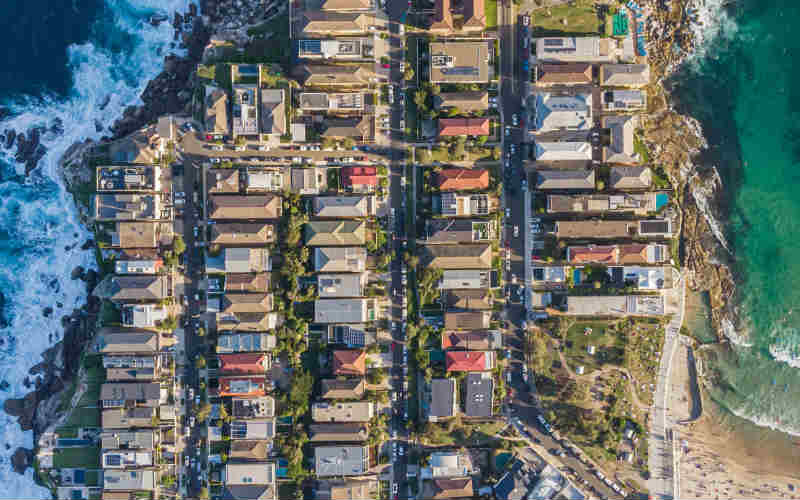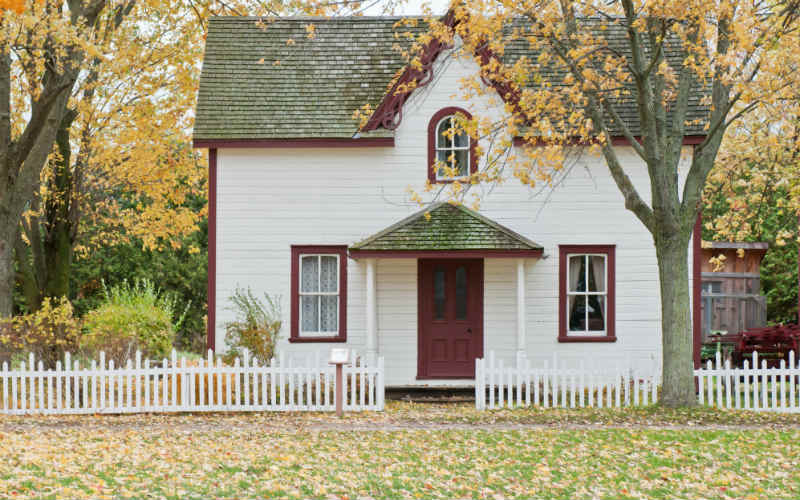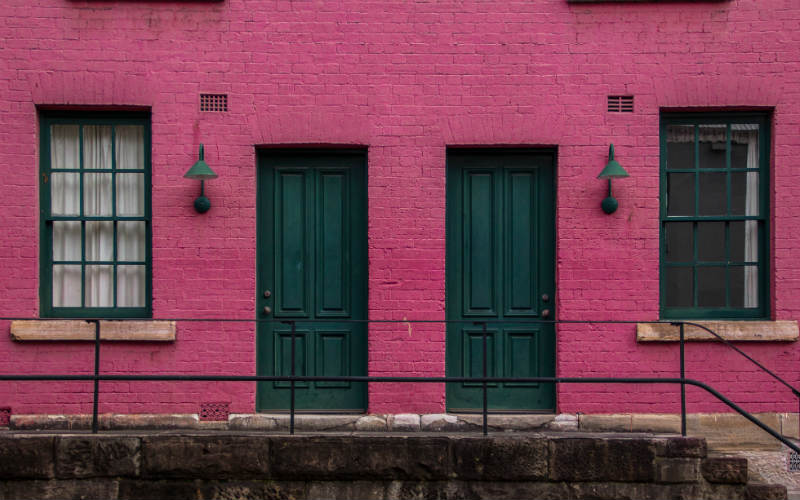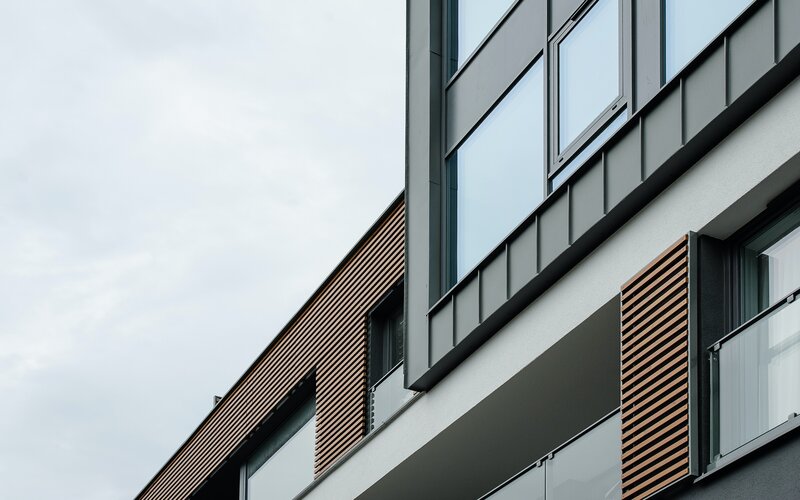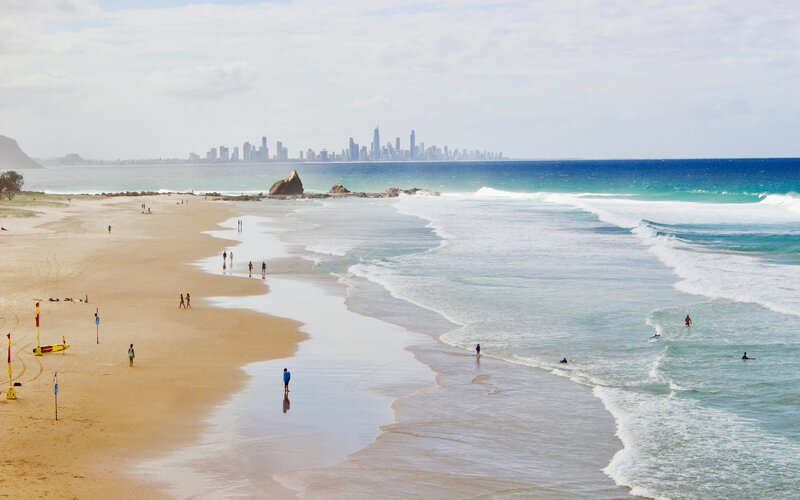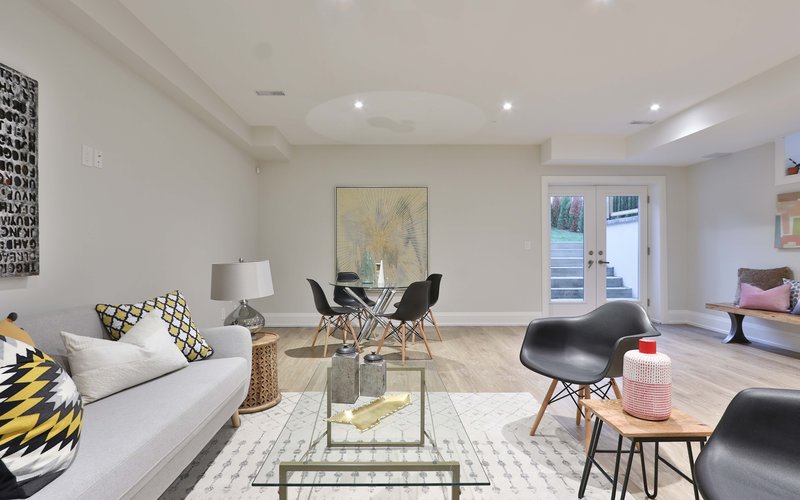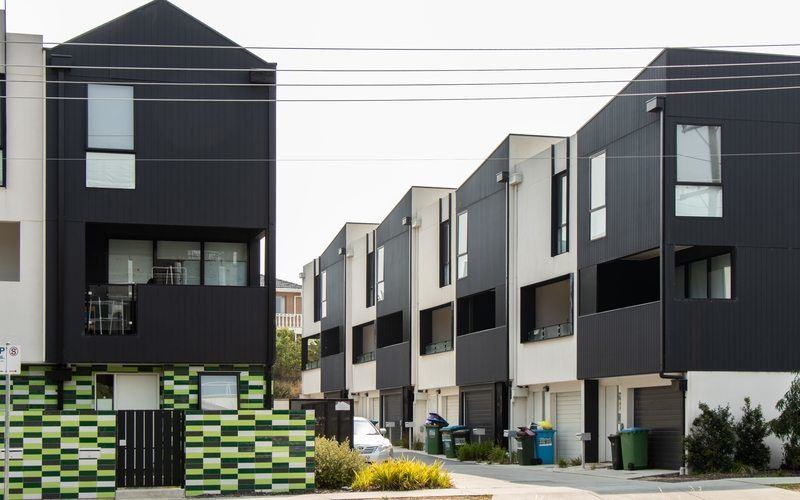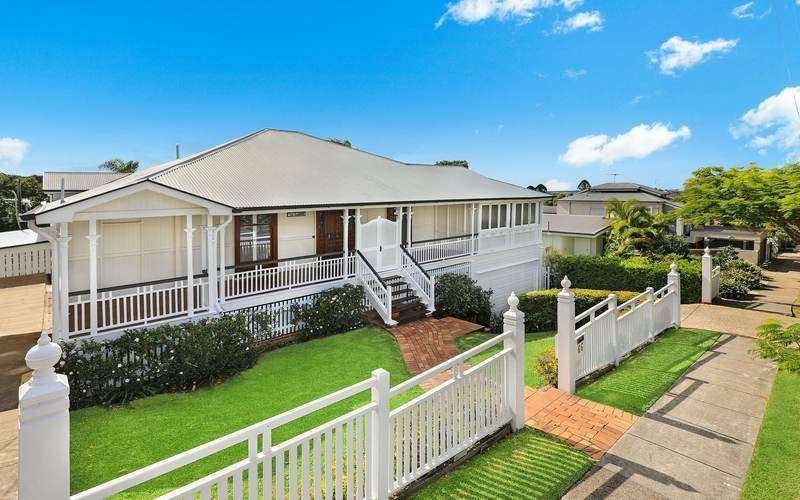CoreLogic’s Quarterly Rental Review for the last three months of 2022 revealed the Australian dwelling market saw a slowdown in the pace of rent value growth to 2.0% in the December quarter.
This was down from 2.3% growth in the September quarter, and a peak quarterly growth rate of 3.0% in the three months to May.
This coincided with a small lift in the rental vacancy rate to 1.17% in December - up from a recent low of 1.05% in the previous month.
The report noted it is unknown whether the rental vacancy market will continue inching toward a turning point, or if this is a temporary, seasonal reprieve due to higher new listings through December.
Nationally, rents increased by 10.2% in the 12 months to December - a new record high in annual rent growth.
CoreLogic Head of Research Eliza Owen said despite the slowdown, tenants aren’t out of the woods yet.
“The decline in quarterly rental growth rates observed in the December quarter was led by the capital cities where rents continued to increase but at a slightly slower rate than they have done in September and June quarters,” Ms Owen said.
“While a slowdown in the pace of rent rises could be a sign that the rental market is starting to shift, it’s not great news for tenants just yet. Rents are still rising in most capital cities and regional areas with vacancy rates low.”
Since the start of the rental price boom in September 2020, national rent values have increased 22.2% marking the largest upswing on record.
During this 27 month period, the median weekly rent valuation across Australia rose from $430 to $519 per week.
How do rental values fare in the capitals?
Canberra was the only capital where dwelling rents declined over the quarter, recording a 0.7% drop.
This comprised of a -0.8% and -0.2% fall in house rents and unit rents respectively.
Rental value increases saw a notable slowdown in Adelaide, where dwelling rent appreciation was 1.4% in the December quarter, down 2.2% from the previous quarter.
Meanwhile, quarterly growth in Sydney and Melbourne dwelling rents declined by a milder 0.2%.
| Region | Median rent | Change in rent (month) | Change in rent (quarter) | Current vacancy rate |
| Sydney | $679 | 0.5% | 2.8% | 1.6% |
| Melbourne | $507 | 0.6% | 2.1% | 1.1% |
| Brisbane | $588 | 0.7% | 2.2% | 1.2% |
| Adelaide | $518 | 0.5% | 1.4% | 0.4% |
| Perth | $553 | 1.2% | 3.2% | 0.5% |
| Hobart | $552 | 0.1% | 0.2% | 1.1% |
| Darwin | $594 | -0.1% | 0.3% | 1.8% |
| Canberra | $681 | -0.1% | -0.7% | 1.6% |
| Combined capitals | $577 | 0.6% | 2.3% | 1.2% |
| Combined regionals | $500 | 0.6% | 1.3% | 1.2% |
| National | $555 | 0.6% | 2.0% | 1.2% |
Canberra maintained its position as Australia’s most expensive capital city rental market by just $2, with a median weekly rental value of $681, followed by Sydney ($679 per week) and Darwin ($594 per week).
Melbourne remains Australia’s most affordable capital city for rentals at $507 per week, followed by Adelaide, $518 per week; Hobart, $552 per week; Perth, $553 per week; and Brisbane, $588 per week.
What’s in store for the rental market in 2023?
According to Ms Owen, the rental market remains unclear heading into the new year.
“On the one hand, returning overseas migration is likely to place continued demand on rental markets popular with overseas arrivals,” she said.
“Historic migration data suggests this would be inner Melbourne, the south east of Melbourne, the western suburbs of Melbourne and Sydney's inner south west.
“On the flip side, investor activity, and therefore rental supply, is not expected to pick up substantially in the year ahead. Even though rent yields are rising, investors are facing higher interest costs and reduced capital growth prospects.”
With a seasonal uplift in new advertised listings expected in the first quarter of 2023, this is expected to provide more availability for renters.
Image by Ivan Samkov via Pexels

Ready, Set, Buy!
Learn everything you need to know about buying property – from choosing the right property and home loan, to the purchasing process, tips to save money and more!
With bonus Q&A sheet and Crossword!


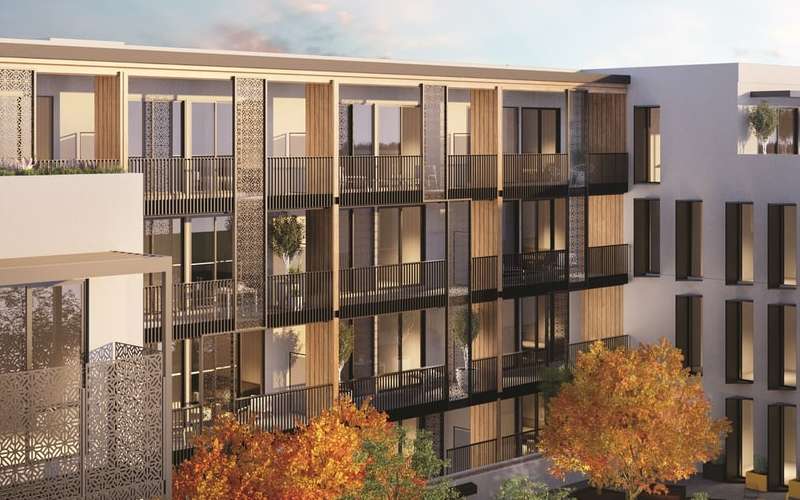
 Harrison Astbury
Harrison Astbury
 Denise Raward
Denise Raward